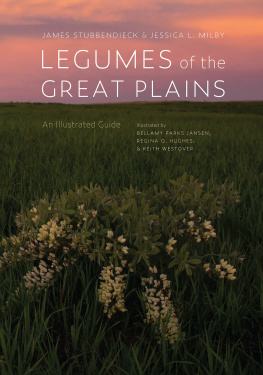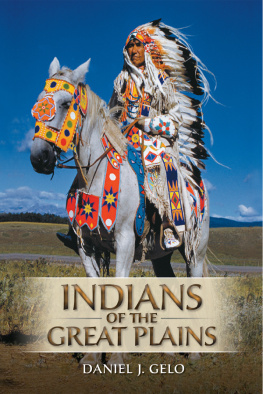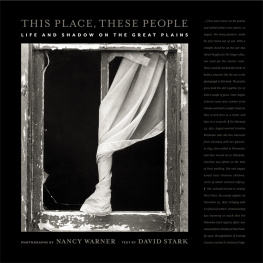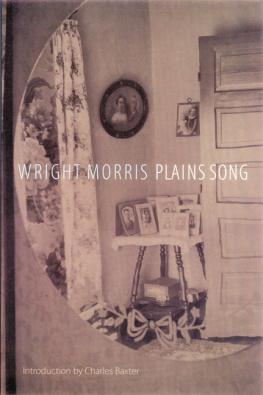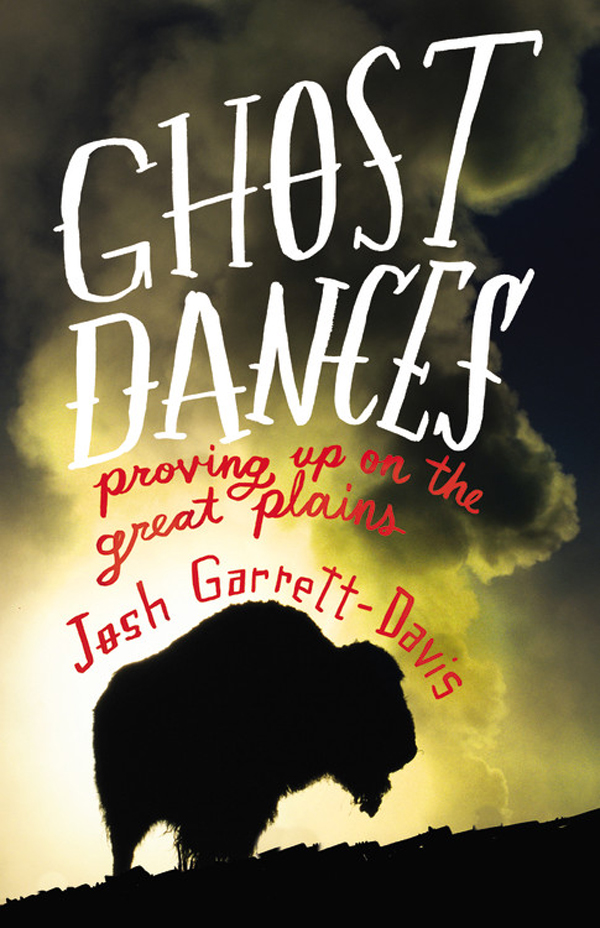In accordance with the U.S. Copyright Act of 1976, the scanning, uploading, and electronic sharing of any part of this book without the permission of the publisher constitute unlawful piracy and theft of the authors intellectual property. If you would like to use material from the book (other than for review purposes), prior written permission must be obtained by contacting the publisher at permissions@hbgusa.com. Thank you for your support of the authors rights.
Copyright 2012 by Josh Garrett-Davis
Cover design by Allison J. Warner, cover hand lettering by Joel Holland, cover photograph by Jonathan Gale / Getty Images
Cover copyright 2012 by Hachette Book Group, Inc.
All rights reserved. In accordance with the U.S. Copyright Act of 1976, the scanning, uploading, and electronic sharing of any part of this book without the permission of the publisher constitute unlawful piracy and theft of the authors intellectual property. If you would like to use material from the book (other than for review purposes), prior written permission must be obtained by contacting the publisher at permissions@hbgusa.com. Thank you for your support of the authors rights.
Little, Brown and Company
Hachette Book Group
237 Park Avenue, New York, NY 10017
littlebrown.com
twitter.com/littlebrown
First e-book edition: August 2012
The publisher is not responsible for websites (or their content) that are not owned by the publisher.
The Hachette Speakers Bureau provides a wide range of authors for speaking events. To find out more, go to hachettespeakersbureau.com or call (866) 376-6591.
Some names have been changed in consideration of the subjects privacy.
ISBN 978-0-316-19985-8
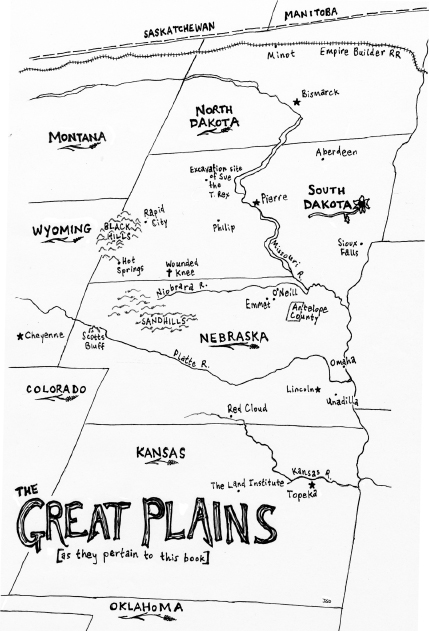
For my family, broadly
Theoretically, the American bison at the Bronx Zoo could stampede north from their corral to a shallow enough spot in the Hudson River to cross, swarming through New York State, decimating lawns and forests and golf courses along the way, a herd metastasizing over the land, reclaiming its former territory: practically everything west of the Appalachian Mountains and east of the Sierra Nevada.
That is, since they live in the Bronx, the lone tongue of mainland New York City, these bison still inhabit the same continent they always have. If they were in island exile in the Central Park Zoo or Rikers, or marooned in Brooklyn or Queens somewhere, theyd have bits of sea between them and their home on the range. Probably the most common metaphor for the bisons aboriginal Great Plains habitat is an ocean of grassits unavoidable, and I use it plenty myselfbut to put an actual ocean between these roughs and North America would be cruel. Whether its the salt or tides or the Plainslike vastness of it, the sea would seem to inflict a starker displacement.
It is August, hot and humid. The eleven animals I count are taking turns looking out through inch-wide gaps between the planks of their high corral fence. They resemble the tourists studying smaller zoo animalsthe caged birds, bats, or rodentsbut they are in fact ogling the scrap of range that is their own during grazing hours. Their famous figure is enchanting: the thick skin, thick fur, thick shoulders, thick footfalls, and thick dry snort. After several seconds one bison moves away and another presses an eye to the fence, or if the first dillydallies the second feints a charge, stirring a puff of dust. Even penned, they keep a herding tradition, ganging up near the fence or toward the cinder-block dugout at the back end of the corral. Theyre built like woolly brown baseball players, heavyset with nimble lower legs, surprisingly unsluggish but definitely not lithe runners like the zoos cheetahs and gazelles. I wouldnt want to play catcher as one charged home.
Of all the animals here, the bison look most ill at ease, restless and alien in a dirt pen no bigger than the zoos carousel (children here ride praying mantises and grasshoppers instead of ponies). They dont seem exotic enough for a zoo, seem to demand more space. Somehow, the bisons summer-shed fur dangling this morning looks like a T-shirt half torn off in a fightit is the Bronx, after alland the agitated tails sweeping city houseflies away remind me of broken windshield wipers with the rubber blades whipping pointlessly.
Buffalo clearly arent as charismatic to most visitors as they are to me. Except for the two guys in khaki Wildlife Conservation Society shirts fixing the guardrail I am leaning against, I am alone spying on the bison from above, from a zoo parking lot off Fordham Road. Earlier, I barely glimpsed the Bengal tiger rolling on its back like a house cat before I was stampeded by day campers. (Matthew! Concrete! Stop playing around! I am on concrete. Pause. Matthew! Fully on the concrete!) Here theres no competition.
In a way I feel were kin, that Ive become like the zoo buffalo peering back at the range through the fence boards, as I read about Plains history and go back to explore places I never appreciated as a kid in South Dakota. I ended up living in New York City not by any design but by chance, following my college sweetheart to Brooklyn. Now in island exile in Manhattan, I felt the urge to take the 6 train back to the mainland to see these city cousins of the bison in Wind Cave National Park, the purest herd in South Dakota.
New York has a large population of human refugees from East Backwater, Square-State, each with his or her strange story of getting here; every so often I meet someone at a Brooklyn party or through friends or work who grew up in Beatrice, Nebraska, or Elko, Nevada, or Lone Wolf, Oklahoma. The Bronx Zoos buffalo herd arrived similarly piecemeal from the last remnants of their species that had survived out west. Shortly after the zoo opened in 1899, it acquired bison from a Wyoming ranch via a Massachusetts wildlife advocate; from one of the Kansas buffalo skinners who had helped cause the virtual extinction of the bison but who later captured and raised a few on his ranch; from the Page Woven Wire Fence Company in Michigan, which had taken the animals on tour to demonstrate the strength of its fences.
Up the hill from the bison, I sit down to ruminate outside a plywood-fenced construction site without any gap to peer through. COMING SOON: MADAGASCAR! EXPERIENCE UNIQUE, EXOTIC HABITATS! a sign promises. THE NEXT BEST THING TO BEING THERE . Im unable to fool myself into thinking Ive left the Bronx. (As I sit there, one construction worker inside the fence bellows at another, Youre a what-the-fuck kind of guy!) The tiny, corralled bison herd and their pitiful pasture cannot truly conjure the grassland Plains of my imagination. Im not sure its the next best thing to being there. In fact, it is the leaves of grass in a Walt Whitmanish sensethe visitors, the whole bubbling scenethat make up the richest expanse at the zoo, as in New York at large. Sensational Kids and Ming Yuan Chinese School students from Queens with their Bluetoothed teen counselors. Tourists sipping Fla-Vor-Ices and Capri Suns. College girls asking if the wagging tail of the one-humped camel means it is happy.
I still dream about South Dakota, of course. Beyond traveling and reading, thats another way to plumb a place one knows intimately. On a night not long ago I was standing on the western bluffs above the Missouri River, looking across at the bluffs on the other side. They were much more rocky and dramatic in the dream than they are in waking life, with towers of swallows-nest sandstone and piles of boulders as if this were farther west. It was a calm day, mercifully windless, typically sunny.






